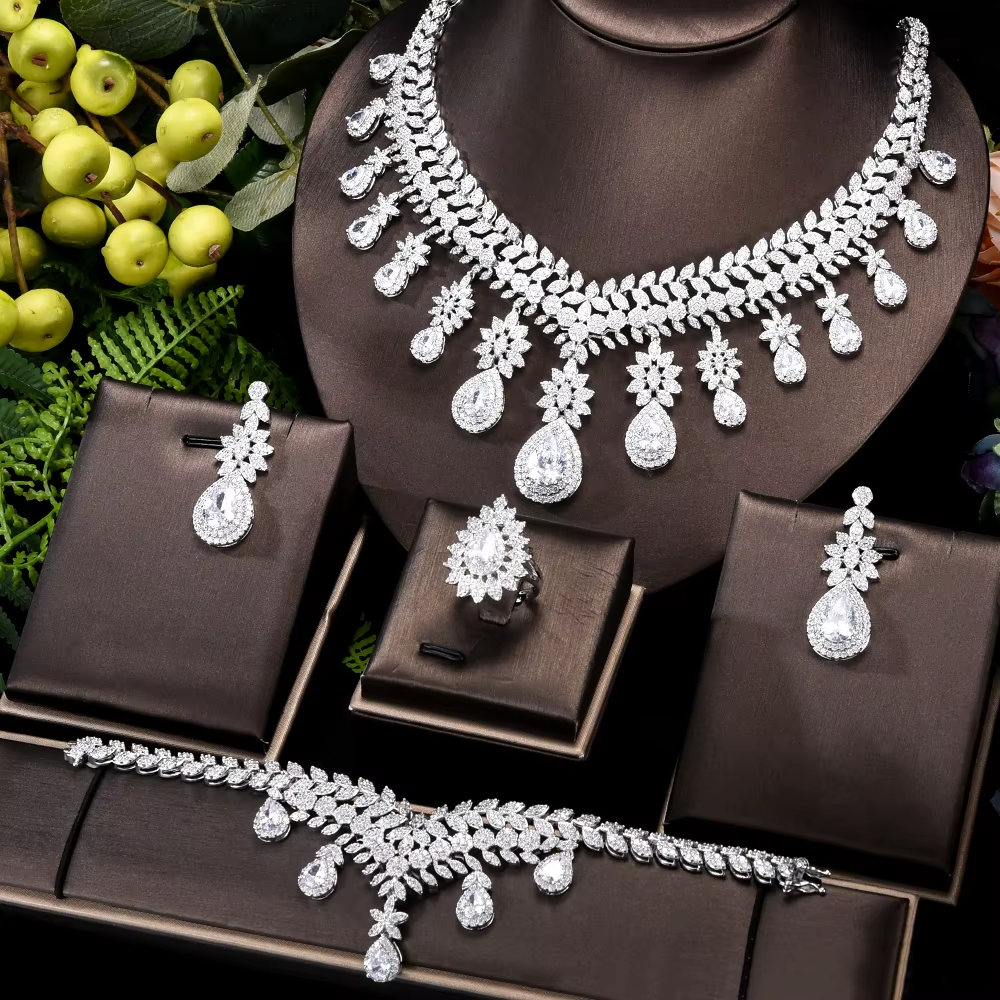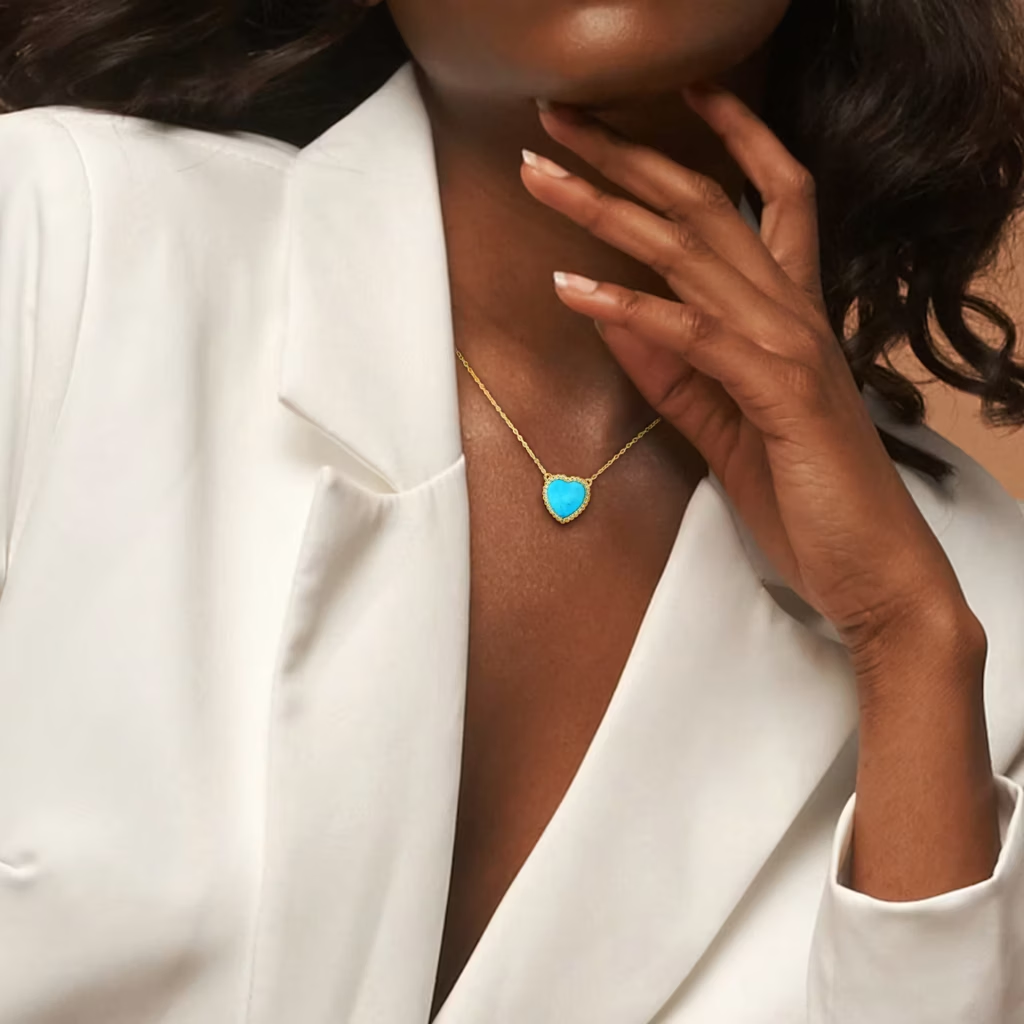The small Art Deco ring caught the afternoon light in a way that stopped me in my tracks. “That piece has quite a story,” smiled Eleanor, my mentor of fifteen years in vintage jewellery acquisition. “It’s travelled through three continents and two world wars.” That’s when I learned my first lesson about vintage jewellery investment: every piece tells a story, and sometimes, those stories are worth their weight in gold.

The Auction That Changed Everything
My first auction was nearly a disaster. I almost bid on what I thought was a bargain Cartier bracelet from the 1920s, until Eleanor gently grabbed my bidding paddle. “Look at the clasp,” she whispered. “The patina isn’t quite right.” That day taught me the fundamentals of authentication that would save me thousands:
- Maker’s marks tell tales
- Period-appropriate construction matters
- Patina can’t be perfectly faked
- Documentation is worth its weight in gold
I’ll never forget the emerald necklace that came into our shop with a stack of yellowed papers. “Just old documents,” the seller said apologetically. Those papers traced the piece back to a European duchess, instantly tripling its value. Here’s what I learned about provenance: Original certificates matter, photos can prove history, letters tell stories, and auction records build credibility.
In 2020, I watched as Art Deco pieces suddenly skyrocketed in value. My client Sarah had purchased a geometric diamond bracelet just six months earlier:
- Initial purchase: $12,000
- Current value: $28,000
- Key factors: Design, documentation, and timing
Today’s market tells interesting stories:
- Young collectors entering the market
- Sustainable luxury gaining prominence
- Digital authentication becoming standard
- New appreciation for craftsmanship
The Case of the Perfect Fake

It looked flawless – a Van Cleef & Arpels bee brooch from the 1950s. Everything seemed right until Maria, our resident gemologist, looked at it under magnification. “The stone setting technique wasn’t used by Van Cleef until the 1960s,” she explained. This taught us to check: Period-appropriate techniques, correct hallmarks, material authenticity, and construction methods; those are important verification points.
My first significant investment was a Cartier Tank watch from 1975. “Start with what you understand,” Eleanor had advised. That watch taught me about: Research matters more than impulse, condition affects value dramatically, paperwork is crucial, and relationships with dealers matter; those are investment fundamentals.
I still think about the Art Nouveau pendant I hesitated on in 2019. Its value has tripled since then. This taught me about: trust your research, act decisively, keep market trends in perspective, and maintain relationships with sellers; that is market timing.
One day I panicked when a client called about her pearl necklace turning dull. The culprit? Improper storage. Now I insist on: Climate-controlled environments, individual silk pouches, proper insurance coverage, and regular condition checks; those are proper storage methods.
Risk and Reward: Real Stories
It looked like costume jewellery in the estate sale photos – a jumble of old necklaces. But something caught my eye. Hidden in the lot was a signed Juliet Company brooch from the 1940s. This taught me: Research for obscure makers, trust your instincts, look beyond the obvious, and be prepared for opportunities.
“In my day, we didn’t have to worry about Instagram sellers,” Eleanor often says. Today’s market requires new skills: Digital certification, online provenance tracking, social media verification, and expert network consultation.
My most successful clients follow this pattern:
- 40% established designers
- 30% emerging collectibles
- 20% period pieces
- 10% speculative purchases
As Eleanor taught me: “The best pieces are the ones you can wear while they appreciate it.” This means: Choosing wearable investments, maintaining condition while enjoying, documentation use and care, and building story and provenance.
Last month, a client brought in what she thought was a simple sapphire ring from her grandmother’s collection. Under magnification, the stone’s inclusions told us it was a Kashmir sapphire from the late 1800s. Its value? Nearly forty times what she’d estimated. Some key identifies I’ve learned to spot are geographic origins in gems, period-specific cutting techniques, original workshop signatures, and age-appropriate wear patterns.

The Great Mistakes That Taught Me Everything
I’ll never forget my first major mistake – a “Cartier” bracelet from the 1940s that I was certain was authentic. Everything looked perfect until Marcus, my mentor, pointed out a nearly invisible detail in the clasp mechanism. What It Taught Me About Authentication: Manufacturing techniques evolved by decade, hallmarks tell specific stories, weight can reveal secrets, and patina can’t be faked.
“Just some old papers,” apologised Mrs. Henderson, handing me a weathered shoebox along with her grandmother’s diamond brooch. Inside, we found the original purchase receipt from Tiffany & Co., 1905, complete with a hand-drawn sketch. That documentation doubled the piece’s value overnight.
Essential Papers to Look For:
- Original receipts and certificates
- Repair records
- Family photographs wearing the piece
- Correspondence about the jewellery
“In my day, we had to travel to find these treasures,” Marcus often reminisces. Now, I watch as vintage pieces trend on social media, creating new market dynamics:
Modern Market Trends:
- Young collectors driving Art Deco demand
- Sustainable luxury awareness
- Digital authentication platforms
- Virtual auction participation
It arrived in a pristine 1920s box – a seemingly flawless Lalique pendant. Everything looked right until we examined the glass under UV light. “This is why we check everything,” I tell my apprentices. “Even the most beautiful pieces can hide secrets.”
My first investment piece was a modest Victorian locket. “Buy what speaks to you,” Marcus advised, “but make sure it speaks to history too.” That locket taught me the fundamentals of collecting: Research is non-negotiable, condition affects value exponentially, provenance builds worth, and patience pays dividends.
Care and Conservation
I still wince remembering the client who stored her 19th-century Persian turquoise necklace in the bathroom. The humidity had affected the stones irreversibly. Now I begin every client relationship with a preservation lesson: temperature-controlled storage, individual silk pouches, regular professional inspection, and proper insurance coverage.
A young collector recently asked me where to begin. We sat down with a cup of tea and I shared my tried-and-true strategy: choose one era or designer to study, build relationships with reputable dealers, start with smaller well-documented pieces, and learn to spot quality over flash.
After years of advising collectors, I’ve developed what I call the “Heritage Pyramid”:
- 40% Classic Designer Pieces
- 30% Significant Period Jewellery
- 20% Emerging Collectibles
- 10% Speculative Treasures
“The best investments are the ones you can wear to dinner,” Marcus used to say. I’ve found this to be consistently true. The pieces that perform best typically: Hold historical significance, maintain their wearability, come with strong provenance, and represent excellent craftsmanship.
Today, I watched as my daughter navigated virtual auctions on her iPad. The market has evolved, but the fundamentals remain the same: quality always matters, provenance builds value, condition is crucial, and stories enhance worth.
Yesterday, I placed my mother’s pearl necklace in my daughter’s hands. “What’s the story behind this one?” she asked, and I smiled, knowing the cycle was beginning again.
Remember what Marcus told me years ago: “In vintage jewellery, we’re not just collectors – we’re custodians of history.”
Ready to begin your vintage jewellery journey? Let our expert team guide you through your first acquisition. Whether you’re drawn to Art Deco elegance or Victorian romance, we’ll help you find pieces that speak to both your heart and your investment goals.
